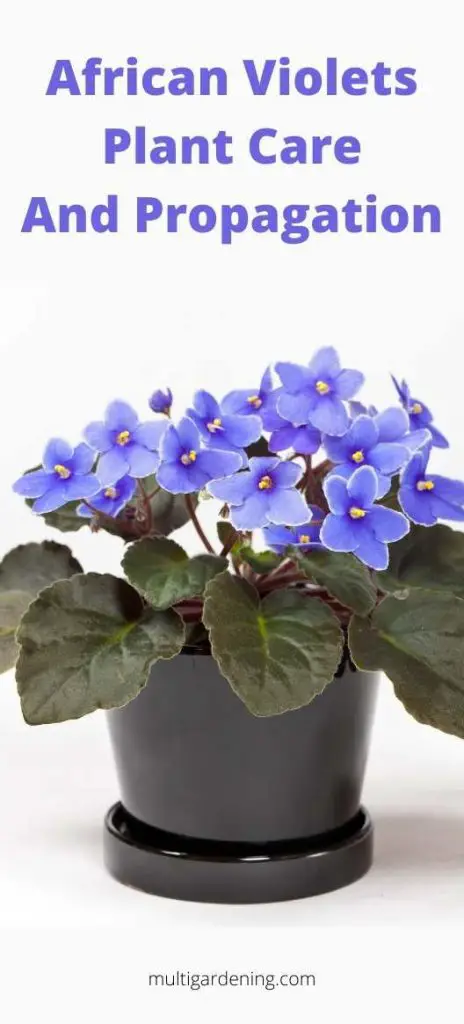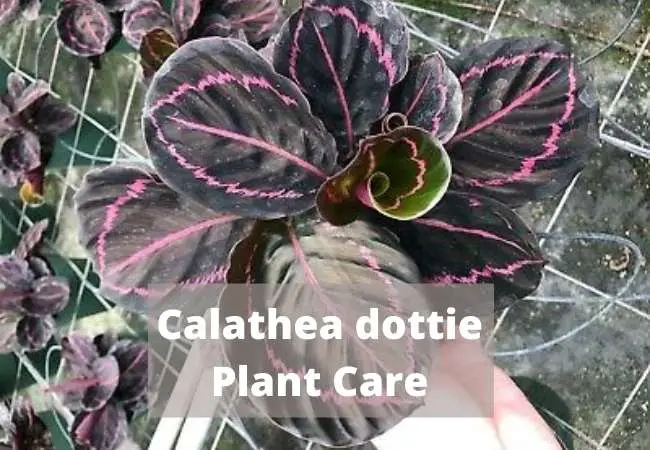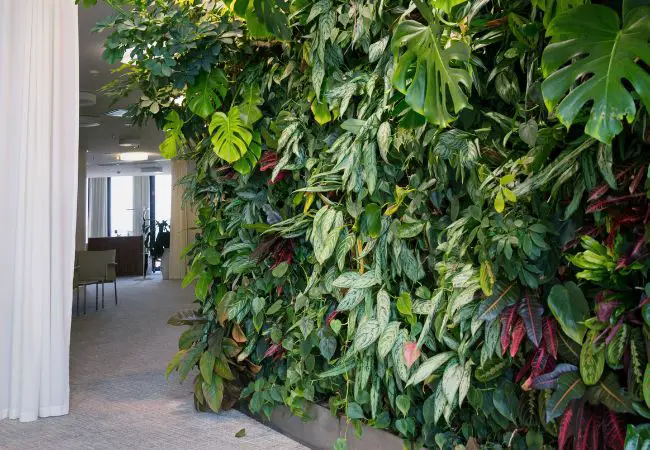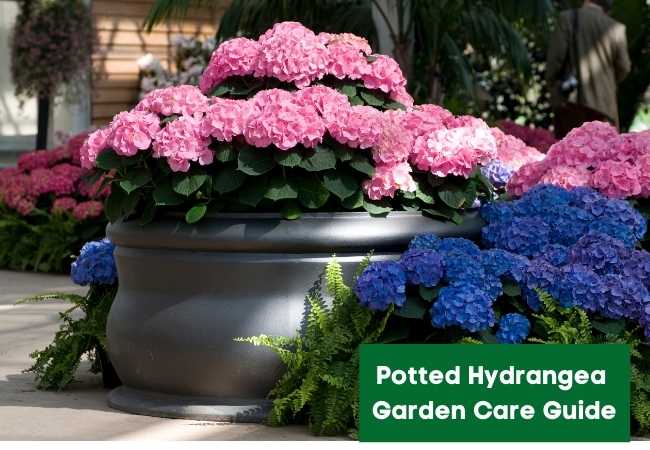African Violets Plant Care and Propagation
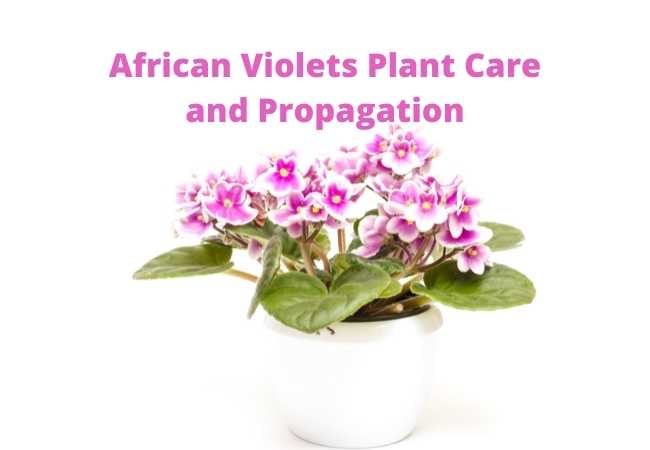
African Violets plant care and propagation is easy. The most important aspect of African violet growing and care is the amount of light it receives; without enough light, an African violet will not bloom properly.
The exact requirements for optimal growth vary from one variety to another. Nearly all varieties require full sunlight (at least five hours a day), but some will do better in partial shade. Some varieties perform best indoors while others are strictly outdoor plants.
African violets require a well-balanced fertilizer the common brands are sold at most nurseries. A complete soluble houseplant food will also work but may result in leggy plants and fewer blooms. Let the soil dry slightly between waterings, but do not allow it to become so dry that the plant wilts.
Tips on how to grow African Violets:
Remove spent blooms immediately. The old flowers will attract and nourish a fungus called botrytis, which causes the leaves to turn brown and die.
If you must leave vertical spikes, cut them back at least 1/2 inch below an outward-facing bud or leaf pair. Water when the soil surface feels dry to your fingertips. Don’t water again until the soil feels dry.
Feed African violets monthly from spring through fall with a high nitrogen plant food like MiracleGro. Twice a year, feed plants with high phosphorous fertilizers like fish emulsion.
Use only rainwater or purified water; tap water has salts that can cause leaf tip burn.
Place plants in a west or east window where they will receive full morning sun followed by filtered afternoon light. To avoid fading, never place African violets directly in front of an east-facing window.
Plants placed outdoors should be protected from cold and windy conditions with either a cold frame or some sort of enclosure such as a wire crate.
Place plants with their crowns just below the surface of the soil. Don’t allow the soil to become so dry that it cracks and is difficult to rewet without running water over the crown area.
If your African violets have been grown in a potting mix which retains too much moisture or if they display signs of decline, transplant them into a well-drained soil mix.
Watering African Violets
African violets require moisture-retentive, but well-drained soil. Set the pot in a tray and let excess water run out of the bottom of the pot before watering again. Discard old water; make sure new water is not too hot or cold. Never let African violets sit in water, as this can cause root rot.
Pinching African Violets
To promote branching and compactness of growth, pinch out the tips of growing stems when the plant is 6 to 8 inches high by pinching off with your fingers just above a leaf pair; if you make an “O” shape around the stem, it will not grow back.
African Violet Plant Care:
Fertilize African violets once a month with a soluble houseplant food like MiracleGro; use half recommended dose for indoor plants.
When flowers are spent, pinch off to avoid attracting fungus and snails. If you do not want to cut off flowers, place a paper bag over the flower spike.
When plants are grown in hanging baskets, break the stem of the lower leaves before planting to encourage new growth from the crown; when an African violet is planted too deep and cannot be broken at the stem, carefully remove soil around it by hand.
African Violet Planting Tips:
Plant African violets in an opaque plastic or clay pot; the porous nature of terracotta pots makes it difficult to regulate soil moisture and can cause disease problems.
African violets grow best when they are root-bound. A healthy plant that has been repotted should start blooming in about one month. Use a container with drainage holes to allow excess water to drain out the bottom of the pot.
Choose a well-drained, fertile soil mixture that does not contain any garden loam or compost. African violet containers are difficult to transplant; plant directly in the container using a well-fertilized soil mixture such as African violet soil or perlite with peat.
Propagating African Violets
African Violets can be easily propagated from healthy leaves. Select a green and healthy leaf and make a cutting. Establish the cutting in well-draining soil and water it. Check the soil and water frequently and the cutting will root.
African Violets can also be propagated through seeds. Make sure to buy your seeds from legitimate sources to ensure that they germinate.
Houseplant Care Posts:
African Violet House Plants
Growing African violets can be rewarding especially after you figure out what they like. They are also great house plants that produce blooms when they are happy.
I hope you have some helpful tips from this post on African Violet plant care and propagation. Also, follow me on Pinterest for more on plant care.
